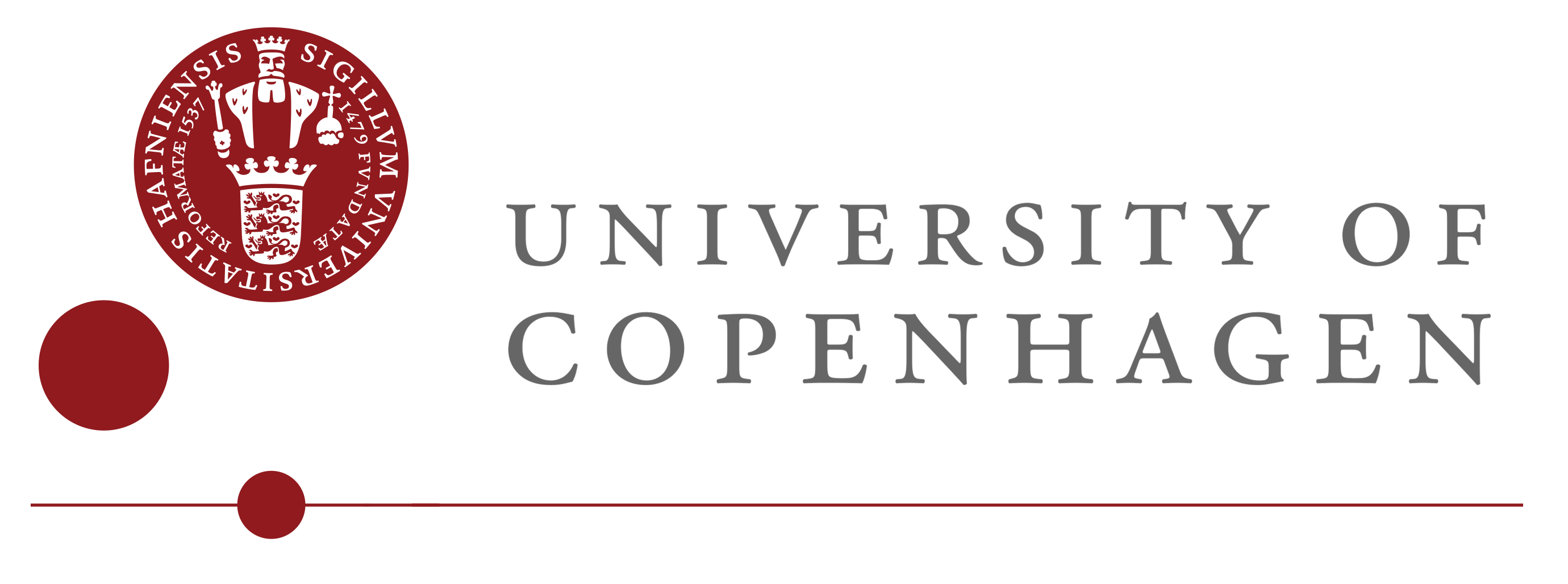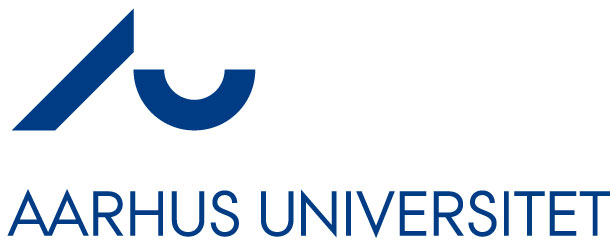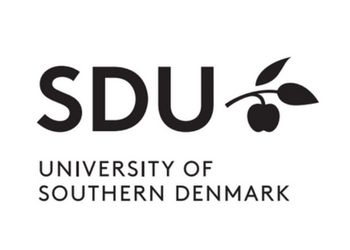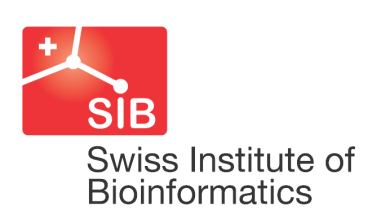What is bio.tools?
The use of bioinformatics is ubiquitous within the life sciences. In bio.tools, we are striving to provide a comprehensive registry of software and databases, facilitating researchers from across the spectrum of biological and biomedical science to find, understand, utilise and cite the resources they need in their day-to-day work.
Everything from simple command-line tools and online services, through to databases and complex, multi-functional analysis workflows is included. Resources are described in a rigorous semantics and syntax, providing end-users with the convenience of concise, consistent and therefore comparable information.
Each bio.tools entry is assigned a human-readable, unique identifier based on the resource name, e.g. biotools:signalp. These identifiers provide a persistent reference to our "Tool Cards" of essential information, as well as a means to trace resources and integrate bio.tools data with other resources.
All the bio.tools data and technical components are available under open license and we warmly welcome you to get involved. bio.tools development is supported by ELIXIR - the European infrastructure for life science information.

Open Data
bio.tools content is freely available to all under CC BY 4.0 license - you are free to share and adapt the data, so long as you give credit and don’t restrict the freedom of others.
Open Source
bio.tools source code is freely available to all under GPL-3.0 - you are free to share and adapt our software, but you must ensure it remains free for all its users.
Built by You
We depend on the goodwill and enthusiasm of our 1000+ (and growing!) contributors - if you develop or provide tools and online services, please add them after signing-up.
Tool IDs
All bio.tools entries are assigned a human-friendly unique identifier, e.g. biotools:signalp. Once verified, a bio.tools ID provides a stable way to trace resources and integrate bio.tools data with other projects.
Standard Semantics
The scientific function of bio.tools resources can be precisely annotated in defined terms from the EDAM ontology, including common topics, operations, types of data and data formats.
Standard Syntax
bio.tools resource descriptions adhere to a rigorous syntax defined by biotoolsSchema, which provides regular expressions, controlled vocabularies and other syntax rules for 50 key attributes.
Community-driven
We rely upon scientific communities to improve the terminology and description of resources in different domains of the life sciences - we welcome your help with this work in progress.
Backed by ELIXIR
bio.tools is anchored within ELIXIR, the European Infrastructure for Biological Information. bio.tools will remain free, open and maintained in the long term.
Tools Platform
bio.tools is an integral part of the ELIXIR Tools Platform, enabling the development, description, discovery, re-use, deployment and benchmarking of software tools and workflows.
API
Our Web API provides an easy way to access the bio.tools data, allowing precise or alternatively flexible queries over all fields. Please see the API reference and API Usage Guide.
Documentation
Check out the docs for bio.tools, biotoolsSchema and the EDAM ontology - report any problems or make suggestions via GitHub.















